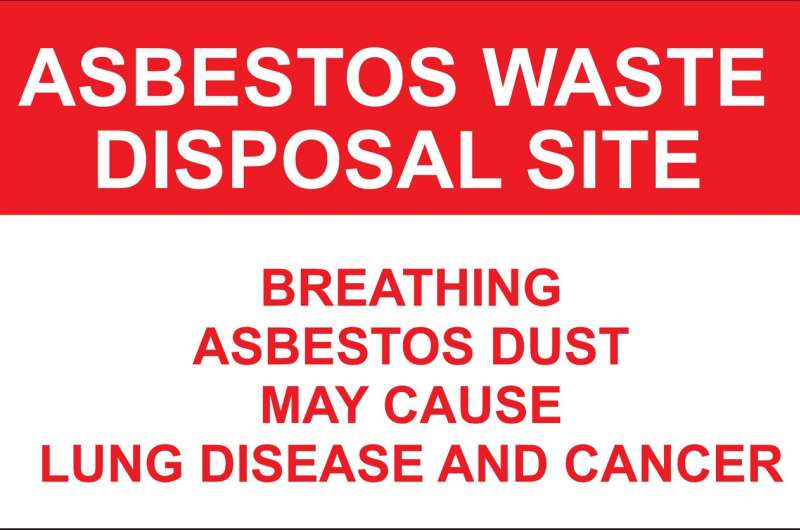
Mesothelioma is a very aggressive type of cancer that primarily affects the thin tissue lining of the chest and the abdomen. It leads to approximately 3,200 deaths per year in the U.S. and is often caused by exposure to asbestos.
An international team of researchers, led by the University of Hawaiʻi Cancer Center’s Haining Yang, MD, Ph.D. and Michele Carbone, MD, Ph.D. conducted a study which demonstrated that the HMGB1 protein plays a critical role in the development of asbestos-induced mesothelioma. Following asbestos exposure, HMGB1 is released out of the cells and kick-starts an inflammatory process that, over time, promotes mesothelioma.
This study was published in the September 18 issue of Proceedings of the National Academy of Sciences, and aimed to identify the primary cell type responsible for HMGB1 production upon asbestos exposure.
To achieve this, the researchers created genetically modified mice in which HMGB1 expression is regulated in various cell types and then exposed these mice to asbestos.
During the early phases of mesothelioma development, HMGB1 was released by the mesothelial cells, which form the lining of the abdomen, thorax, and internal organs, and later on by macrophages, which are inflammatory cells. The researchers will now try to target certain molecules in these different cell types at different stages of the disease in mice to prevent or reduce the growth of mesothelioma.
“We are very encouraged by these results, and we hope to develop more effective preventive and therapeutic strategies for those who are at risk of developing mesothelioma because they have been exposed to asbestos,” said Yang.
More information:
Joelle S. Suarez et al, HMGB1 released by mesothelial cells drives the development of asbestos-induced mesothelioma, Proceedings of the National Academy of Sciences (2023). DOI: 10.1073/pnas.2307999120
Journal information:
Proceedings of the National Academy of Sciences
Source: Read Full Article